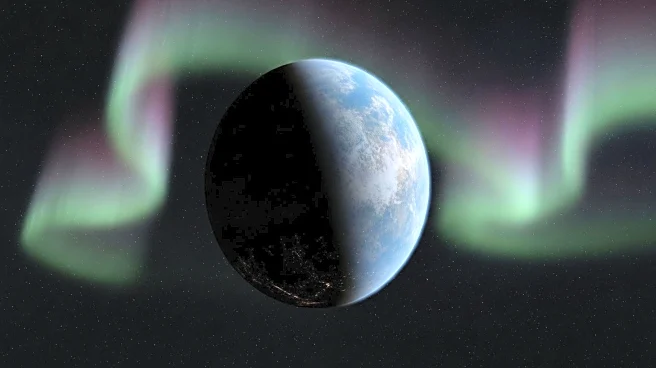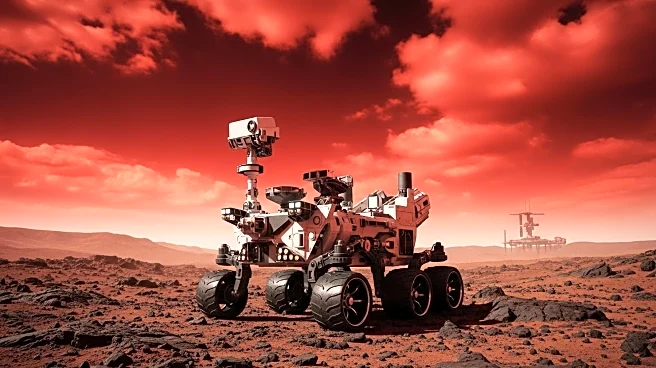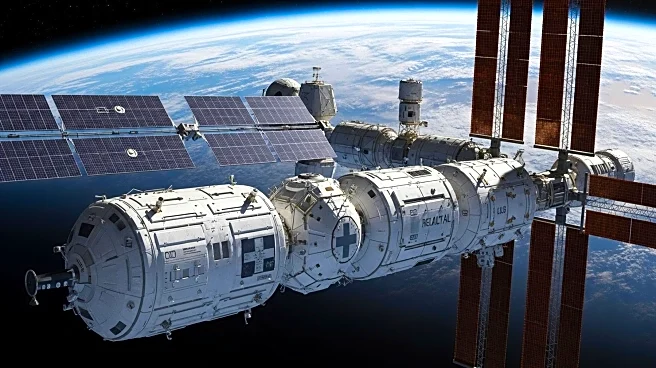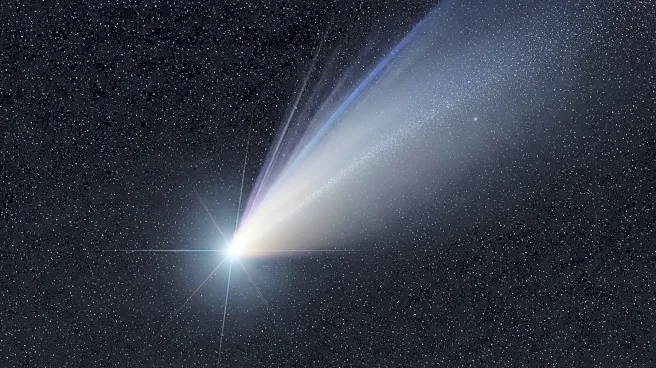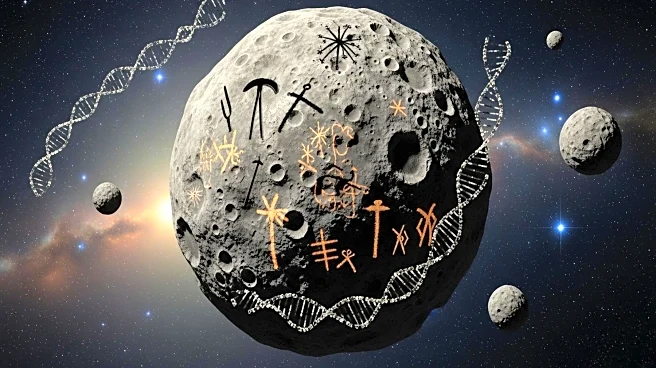What's Happening?
The Japan Aerospace Exploration Agency (JAXA) has officially concluded the mission of its Akatsuki spacecraft, which was orbiting Venus. The decision follows the loss of contact with the probe last year, with all attempts to reestablish communication proving unsuccessful. Launched in 2010, Akatsuki was designed to study Venus's climate and weather phenomena. Despite a failed engine maneuver in 2015, Japanese engineers managed to place the spacecraft in orbit using alternative motors. During its mission, Akatsuki made significant discoveries, including a giant atmospheric structure caused by air currents over Venus's mountains. The spacecraft also studied cloud cover and searched for lightning, equipped with cameras operating in various spectrums.
Why It's Important?
The end of the Akatsuki mission marks a temporary pause in active exploration of Venus, a planet of significant interest due to its Earth-like size and mass but vastly different environmental conditions. The mission's findings contribute to understanding Venus's atmospheric dynamics, which could offer insights into planetary science and climate phenomena. The absence of active missions around Venus highlights the challenges of space exploration and the need for continued investment in technology and research. NASA's planned missions, DAVINCI and VERITAS, aim to further explore Venus's mysteries, potentially leading to breakthroughs in understanding planetary evolution and climate change.
What's Next?
NASA plans to launch two missions to Venus in the 2030s, named DAVINCI and VERITAS. These missions aim to investigate how Venus, similar to Earth in size and mass, evolved into a planet with extreme conditions, including a scorching surface and acid rain. The upcoming missions will build on Akatsuki's legacy, seeking to unravel the mysteries of Venus's atmosphere and geological history. The findings could have implications for understanding climate change and planetary development, influencing future space exploration strategies and scientific research.
Beyond the Headlines
The Akatsuki mission's conclusion underscores the cultural impact of space exploration, as the spacecraft carried engravings of the virtual singer Hatsune Miku, highlighting the intersection of science and popular culture. The mission's challenges and achievements reflect the resilience and ingenuity required in space exploration, offering lessons for future missions. The planned NASA missions may also stimulate international collaboration and technological advancements, fostering a deeper understanding of planetary science and climate dynamics.


